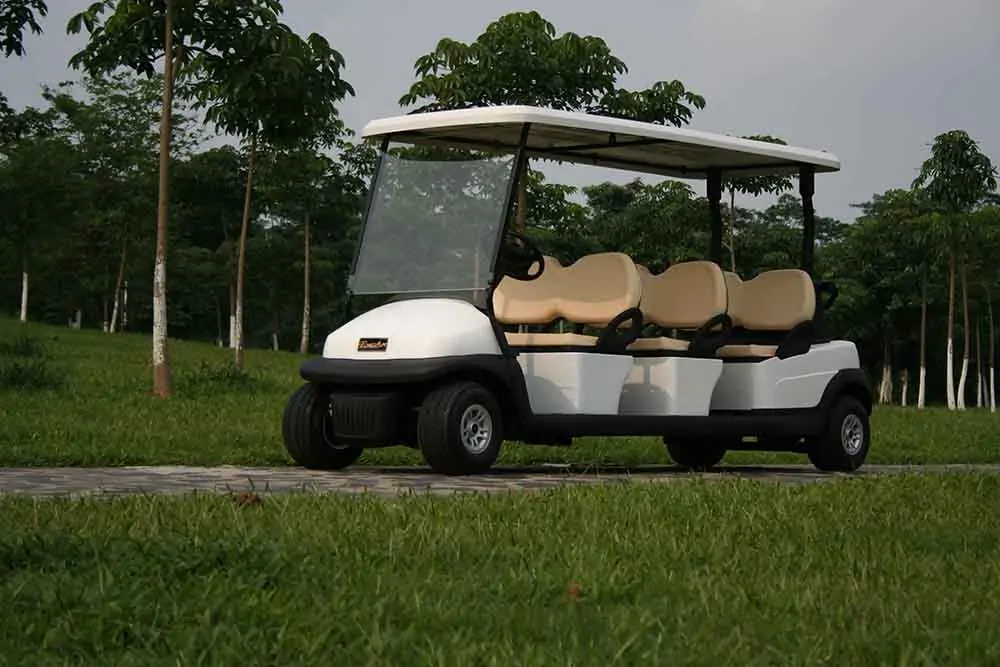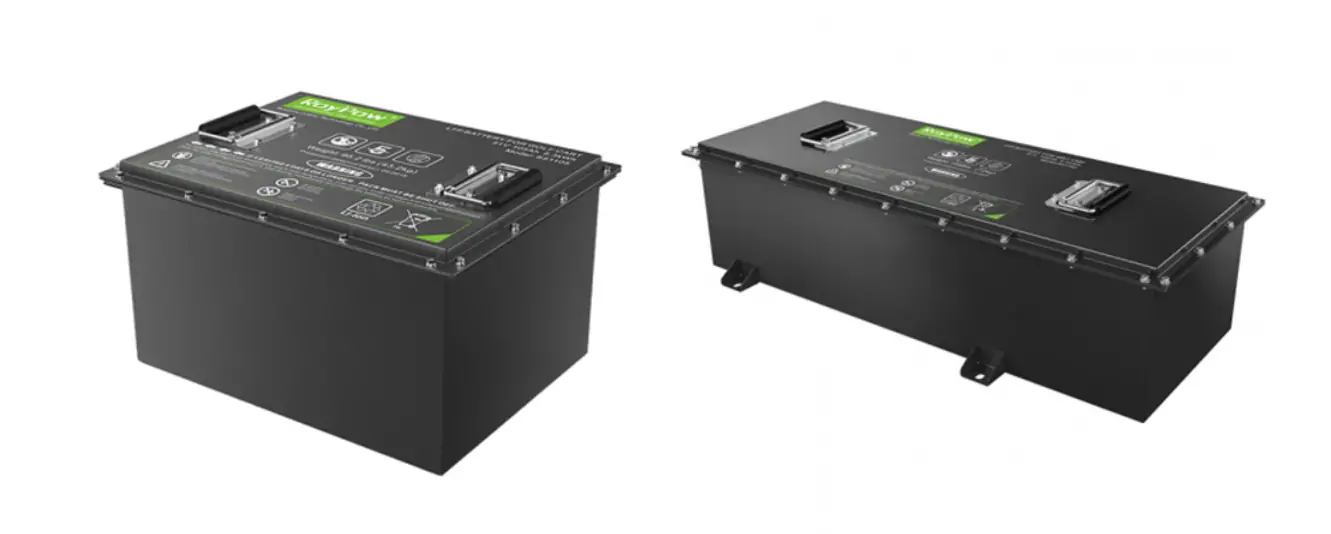 |
Welcome To Evlithium Best Store For Lithium Iron Phosphate (LiFePO4) Battery |
 |

Golf carts have come a long way from being just a means of transportation on the golf course. Nowadays, these compact vehicles are being used for various purposes, from leisurely rides around neighborhoods to efficient transportation within large properties. However, the performance and longevity of a golf cart heavily rely on its battery system. This is where the concept of "golf cart battery conversion" comes into play. In this article, we'll explore the ins and outs of golf cart battery conversion, its benefits, the conversion process, and everything you need to know to upgrade your ride.
Golf carts have evolved into versatile vehicles that are no longer limited to golf courses. As their applications expanded, so did the need for improved performance and battery longevity. This led to the innovation of "golf cart battery conversion," a process that involves replacing the original batteries with more advanced alternatives.
Before delving into the conversion process, it's essential to understand the basics of golf cart batteries. These batteries come in various types, with lead-acid batteries and lithium-ion batteries being the most common. The lifespan and performance of batteries are crucial factors that impact the overall efficiency of a golf cart.
Golf carts primarily use lead-acid batteries due to their affordability and reliability. However, lithium-ion batteries are gaining popularity for their longer lifespan and higher energy density.
Lead-acid batteries usually last around 4-6 years, while lithium-ion batteries can extend up to 10 years or more. Lithium-ion batteries also offer better acceleration and sustained power throughout the discharge cycle.
Golf cart battery conversion involves swapping out the original batteries with newer, more advanced options. This process aims to enhance the cart's speed, power, and overall performance. By upgrading the battery system, you can unlock the full potential of your golf cart.
Converting your golf cart's batteries offers several benefits that can significantly improve your riding experience.
Upgraded batteries provide higher voltage and current delivery, resulting in improved acceleration and overall speed.
Lithium-ion batteries, in particular, have a longer lifespan compared to traditional lead-acid batteries, reducing the frequency of replacements.
While the initial cost of conversion might seem high, the extended lifespan and performance improvements can lead to long-term cost savings.
Converting your golf cart's batteries involves several crucial steps to ensure a successful upgrade.
Research and Planning: Understand your cart's specifications and research suitable battery options.
Battery Selection: Choose between lithium-ion and deep cycle lead-acid batteries based on your budget and requirements.
Safety Precautions: Work in a well-ventilated area and wear appropriate safety gear while handling batteries.
Removal of Old Batteries: Safely remove the old batteries and properly dispose of them.
Installation of New Components: Install the new batteries and necessary components, ensuring proper wiring and connections.
Wiring and Testing: Carefully connect the batteries, following the manufacturer's guidelines, and test the cart's performance.

Two common options for upgraded golf cart batteries are lithium-ion and deep cycle lead-acid batteries.
Lithium-ion batteries offer a longer lifespan, faster charging, and reduced weight, enhancing both performance and efficiency.
Deep cycle lead-acid batteries remain a reliable choice, known for their steady power delivery and cost-effectiveness.
Deciding between a DIY conversion and hiring professionals depends on your technical expertise and comfort level. Professionals can ensure a seamless conversion, but experienced DIY enthusiasts can also successfully complete the process.
Regular maintenance is essential to prolong the life of your converted batteries. This includes proper charging, avoiding over-discharge, and routine inspections.
Edit by editor
All Rights reserved © 2025 Evlithium Limited